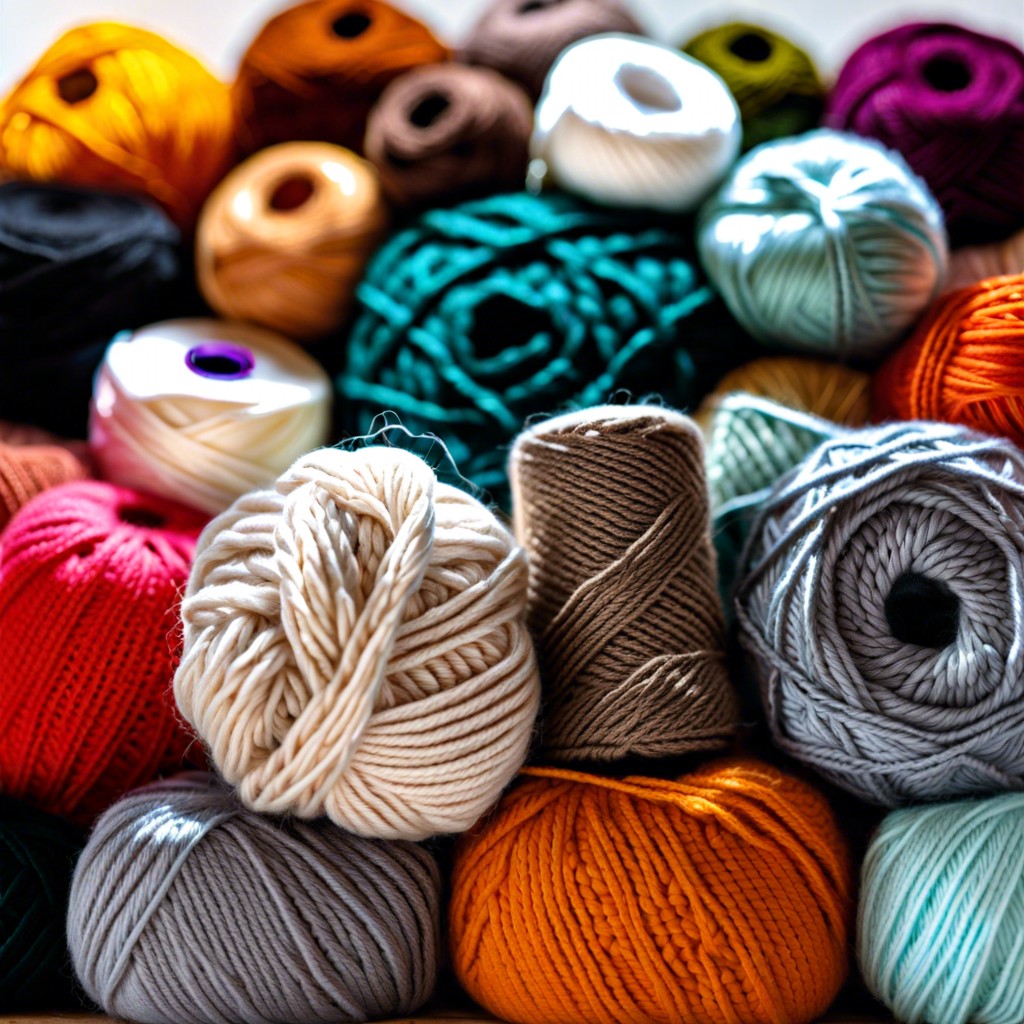Learn how to properly wash your crochet blanket to keep its texture and colors vibrant.
Key takeaways:
- Determine the yarn type for proper cleaning instructions.
- Read care labels for specific washing guidelines and recommendations.
- Pre-treat stains before washing to preserve the blanket’s appearance.
- Use a gentle hand washing technique to avoid damaging the fibers.
- Dry the blanket flat, avoiding direct sunlight and heat sources.
Determining the Yarn Type

To kick things off, check the composition of your crochet blanket. This majorly influences how you will proceed with cleaning. Wool, acrylic, and cotton each require different care methods.
For wool blankets, cold water is a must to prevent shrinkage or felting. Mild detergents designed for this fiber will keep it fresh and in good shape.
Acrylic yarns are more forgiving and can generally be washed in warmer water. However, avoiding high heat in the dryer is crucial to dodge any melting or distortion.
Cotton is sturdy and can handle a bit more robust cleaning. It’s able to withstand warm water washing and a regular drying cycle, making it a practical choice for frequently used items.
Always remember, the label on the yarn (if saved from the initial purchase) or on the blanket itself is your best guide for specific washing instructions.
Reading Care Labels
The small tag attached to your blanket contains crucial cleaning instructions tailored to its material. It indicates the safest washing temperature and whether machine washing is advisable. Take a moment to check if your blanket requires a specific cleaning agent or if it forbids certain chemicals that might damage the fibers. Adhering to these guidelines can significantly extend the life of your crochet project.
Pre-Treatment of Stains
Before washing your crochet blanket, addressing any spots or stains can make a big difference. Check the blanket thoroughly for any marks. A gentle, non-bleach stain remover works well, especially on sensitive yarns. Apply it directly to stains and let it sit for a few minutes.
For natural fibers like cotton or wool, consider a mild detergent or a solution of vinegar and water. Spot test this mixture in an inconspicuous area first to avoid any unpleasant surprises. This helps break down the stain without harming the fibers.
Acting promptly on spills and spots prevents them from setting in and becoming more difficult to remove. Simple steps like these preserve the look and feel of your crochet blanket, ensuring it remains pristine through many washes.
Hand Washing Technique
Start by filling a basin with lukewarm water. Mix in a gentle, bleach-free detergent suitable for delicate fabrics. Immerse your crochet blanket completely, avoiding any twisting or wringing that could distort the fibers.
Gently agitate the blanket with your hands to disperse the soap and help loosen any dirt. Allow the blanket to soak for about 15 minutes. Be patient; soaking helps minimize the need for vigorous scrubbing, which can harm the yarn.
After soaking, drain the soapy water and gently press out excess moisture. Refill the basin with clean, cool water for rinsing. Gently swish the blanket to remove detergent residue. Repeat the rinse process until the water runs clear and no suds are visible.
This careful handling preserves the texture and appearance of your crochet blanket, keeping it cozy and intact for years to come.
Drying Methods
After squeezing out excess water, lay your crochet blanket flat on a clean, dry towel. Roll the towel and blanket together gently, pressing as you go, to absorb more moisture without wringing. This preserves the shape and texture of your blanket. Once most of the water is out, unroll the towel and transfer the blanket to a second dry towel.
Position the blanket in a well-ventilated area, away from direct sunlight or strong heat sources, which can cause shrinking or fading. Stretch the blanket gently by pulling at the edges to maintain its original dimensions and discourage any additional shrinking. Let it air dry completely. If necessary and the yarn type permits, a low heat setting on a hair dryer can be used to spot dry thicker sections. Avoid hanging the blanket, as this can distort the stitches due to the weight of the water pulling it down.




